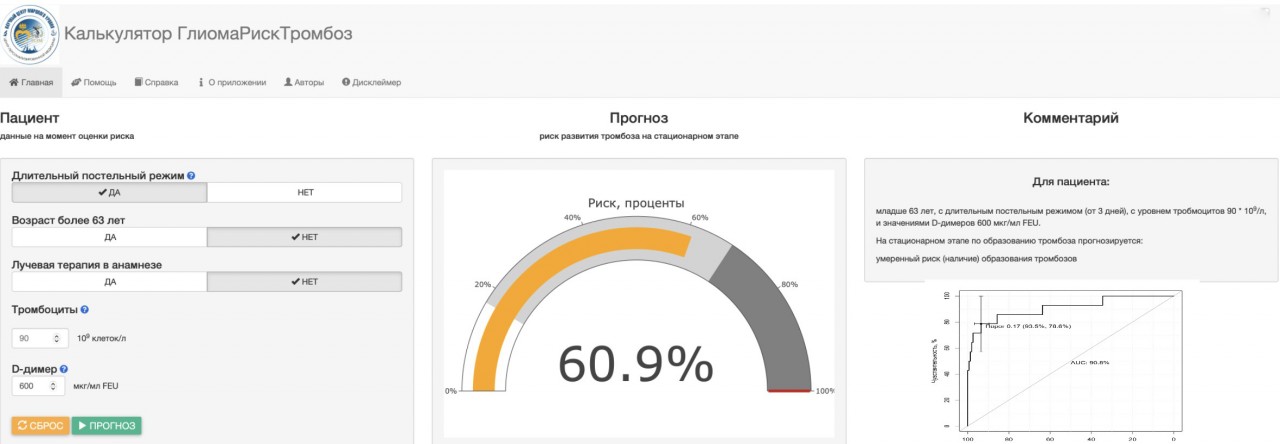
Venous thromboembolic complications in cancer patients are a collective term combining lower limb venous thrombosis and pulmonary embolism. Cancer-associated thrombosis increases mortality and is often the reason for refusal of surgery, which adversely affects the patient's prognosis. The incidence of thrombosis depends on the location of the primary tumour.
To date, central nervous system malignancies have been shown to be among the most thrombogenic tumours. Glioblastoma, a brain tumour with extremely low survival rates, is the most common primary CNS malignancy. Venous thromboembolic events are the third leading cause of death in these patients, after tumour progression and infectious complications. This complex group of patients has been the subject of research aimed at clarifying the pathogenetic mechanisms of thrombosis and creating a risk calculation tool for this complication. The work is being carried out by specialists in the Cardio-Oncology Research Group of the Personalised Oncology Research Centre at the WCRC for Personalised Medicine.
To learn more, please read the article.
